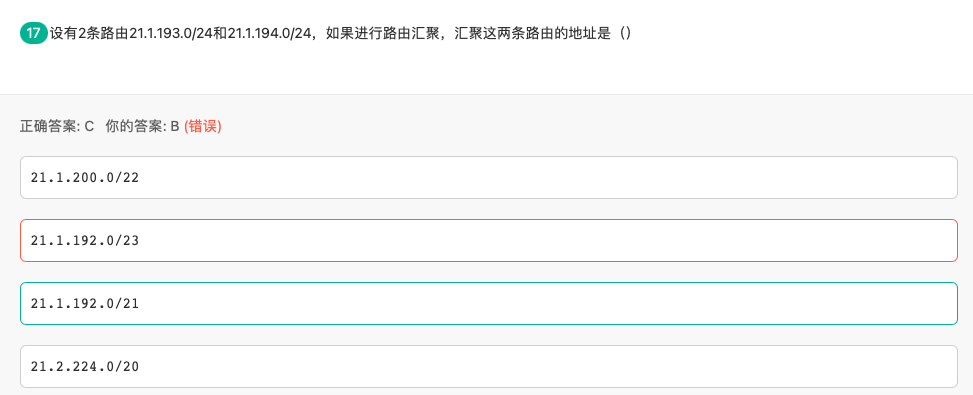Description: this article is talking about some knowledge of computer network
IPV4 VS IPV6
Ipv4 采用 32位二进制来表示
ipv6 采用128 位二进制来表示
IPV4
is an IP version widely used to identify devices on a network using an addressing system. It was the first version of IP deployed for production in the ARPNET in 1983. It uses a 32 bit address to strore 2^32 addresses .
IPV6
is the most recent version of the Internet protocol, this new IP address version is being deployed to fulfill the need for more Internet addresses.
Key difference
IPV4 is 32-bit IP address whereas IPV6 is 128bit IP address
ipv4 is a numeric addressing method whereas ipv6 is an alphannumeric addressing method
ipv4 binary bits are separated by a dot whereas ipv6 binary bits are separated by a colon(:)
ipv4 offers 12 header fields whereas ipv6 offers 8 header fields
Ipv4 supports broadcaset whereas ipv6 doesn’t support broadcast
ipv4 has checksum fields while ipv6 doesn’t have checksum fields
ipv4 uses ARP to map to MAC address whereas IPV6 uses NDP (neighbour discovery protocol) to map to MAC address.
bit vs Byte
bit
位 或 比特, 是电子计算机中最小的数据单位,是计算机存储设备的最小单位,每一位的状态只能是0或1.
byte
字节,8个二进制位构成一个字节(Byte), 字节是计算机处理数据的基本单位,即以字节为单位解释信息,一个字节可以存储一个英文字母或者半个汉字
1 Byte(B) = 8 bits(b)
1k = 2^10B = 1024B 千字节
1M = 2^20B
1G = 2^30B
1T = 2^40B
路由汇聚
路由汇聚就是找到俩路由不同地方,换算成二进制后找到能匹配的最大长度,则能匹配的最大长度在换算成的十进制便是汇聚后的结果,新掩码的最大长度 = 原掩码长度-不匹配的长度

DHCP 服务器配置
动态主机配置协议是一个局域网的网络协议,指的是由服务器控制一段IP地址范围,客户机登录服务器时就可以自动获得服务器分配的IP地址和子网掩码。担任DHCP服务器的计算机需要安装TCP/IP 协议,并为其设置静态IP地址,子网掩码,默认网关
host: 主机名称
fixed-address: 分配给客户端一个固定的地址
range:提供动态分配iP的范围
pool:配置地址池
星型拓扑图
点到点式
总线程
广播式
环形式
点到点
树形式
点到点
网状
点到点和广播式


